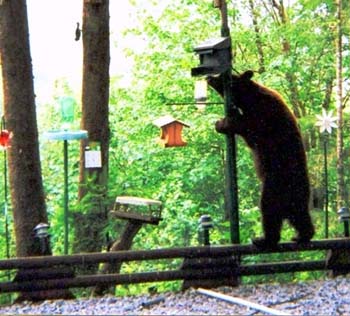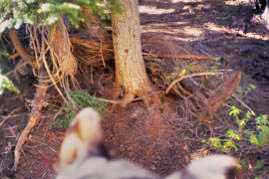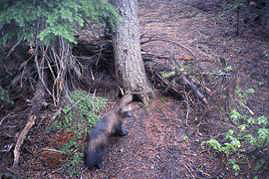
Yes, this is a grizzly bear blog, but did you know that polar bears are very closely related to grizzly bears? They have evolved from brown/grizzly bears only over the last 250,000 years to become one of the most perfectly adapted creatures on the planet.
I guide expeditions to the far north each year to the Norwegian arctic islands of Svalbard - just 600 miles from the north pole. It's an incredible landscape - surely one of the most beautiful in the world. But the most special thing about this isolated jewel is the population of polar bears that call it home. We generally see up to forty polar bears during each 10 day expedition, many of them hunting for ringed and bearded seals on the last remaining ice of the summer months.
2006 saw a surprising lack of summer ice - in fact, the pack was 100 miles further north than an average year, which meant that bears were more densely gathered around the few remaining sections of fast ice. It was a blunt reminder of the effects of climate change. I photographed the female and cubs below as they hunted seals on a quickly-shrinking piece of ice. Polar bears can not hunt successfully without ice - access to the prized ring seals generally happens in one of two ways - lying in wait over a seal's breathing hole, or stalking across the ice in a surprise attack. Once the winter ice has disappeared the bears have no option but to rest up and conserve as much energy as possible until the winter months bring back their icy hunting substrate.

Climate change is warming the arctic environment at an unprecedented rate meaning that the period of ice-free months is
lengthening. This puts incredible strain on the metabolism of a polar bear that is waiting for a meal. Incredibly, they can go for months without eating a seal, but as the days grow warmer, the polar bears are increasingly affected. For example, research by Dr Ian Stirling and Dr Nick Lunn in Hudson Bay has shown that for every additional week that a polar bear is land locked (away from the hunting substrate of the ice) it is 10 kilograms (22 pounds) lighter! Let's hope that today's proposed listing of polar bears on the endangered species act will help secure a future for this species.

.jpg)







